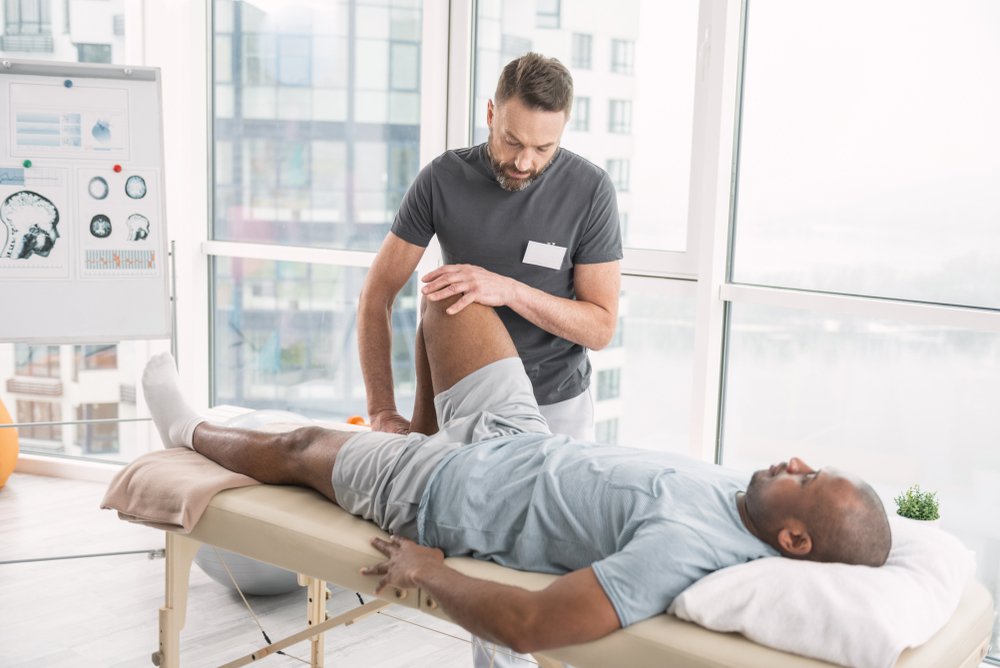Learn Common Athletic Injuries and Efficient Rehabilitation Plans aimed at Athletes
Learn Common Athletic Injuries and Efficient Rehabilitation Plans aimed at Athletes
Blog Article
Sports traumas are frequent among sportspeople of all ages and proficiency levels. These traumas can occur in various types, including sprains, muscle injuries, breaks, and tendonitis. Comprehending the kinds of traumas that can happen during sports events is essential for both avoiding and care. Sprains, for example, entail the overextending or tearing of ligaments, which link bones at a joint. Muscle injuries, on the contrary hand, affect muscle tissues or tendons, which attach muscles to skeletal structures. Identifying these injuries promptly can help athletes obtain appropriate care and return to their activity more rapidly.
One of the most frequently observed traumas in athletics is the foot ligament injury. This injury often happens when an individual touches down ungracefully or rotates their foot during a game. Signs of an ankle sprain include pain, swelling, and trouble moving. Prompt care typically involves the R.I.C.E. method, which stands for Rest, Ice, Compression, and Lifting. This method aids minimize swelling and discomfort. In severe severe situations, rehabilitative therapy may be required to regain power and flexibility to the ankle before returning to athletics.
Another common injury is a muscular injury, which can occur in all athletic activity that requires quick movements or intense weight-bearing. Athletes may experience a muscle injury when they extend a muscular tissue too much or when they apply too much force. Symptoms include sharp discomfort, swelling, and muscular contractions. Recovery for muscular injuries often includes gentle flexibility exercises and conditioning workouts. Slowly increasing exercise levels is crucial to prevent re-injury. Athletes should work tightly with a physical therapist to create a safe and efficient rehabilitation plan.
Tendon inflammation is another trauma that can impact athletes, particularly those who participate in frequent movements, such as joggers or aquatic athletes. This issue occurs Continue Reading when a tendon structure, which links muscular tissue to skeletal structure, gets inflamed. Frequent areas affected by tendon inflammation include the elbow, shoulder, and leg. Symptoms often include pain and rigidity, especially during activity. Care for tendonitis usually includes recovery, cooling, and pain-relief medications. In some cases, physical therapy may be recommended to improve mobility and power in the injured area.
Preventing athletic traumas is just as important as treating them. Sportspeople can minimize their risk of injury by warming up properly before activities, using the right gear, and keeping good physical condition. Strength training and stretching workouts can assist prepare the body for the requirements of sports. Additionally, athletes should pay attention to their physical condition and take breaks when needed. By understanding common athletic traumas and implementing effective recovery plans, athletes can stay fit and participate in their favorite athletic activities for a long time to follow.